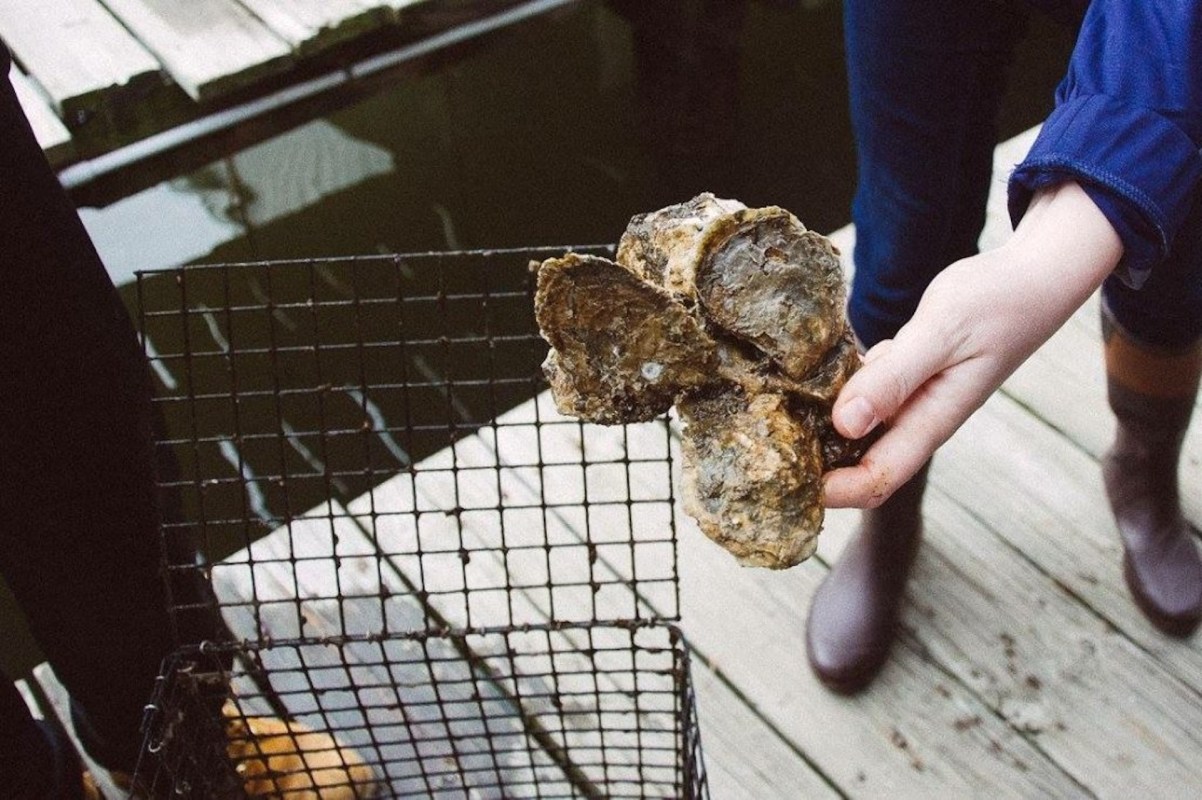Volunteers in Maryland are helping to restore oyster populations in Chesapeake Bay through patience and dedication.
As detailed by The Washington Post, the nonprofit Marylanders Grow Oysters enlisted the nurturing services of thousands of volunteers, who are raising baby oysters in the winter in hopes of replanting them on reefs in the summer.
"I'm just trying to do my part to keep the bay clean," Kurt Koenig, 60, told the outlet in July. "When I first was introduced to the Chesapeake in the mid- to late '90s, it still had a lot of problems. … In the 10 years I've been on Nabbs Creek I've seen the creek really starting to flourish."
Koenig's efforts are reportedly part of a larger initiative called the Oyster Recovery Partnership, which gave five million oysters to MGO in 2022 and has reintroduced billions of oysters into the waters of the Chesapeake after pollution, overharvesting, and disease sent their population plummeting to historic lows.
"Anybody that participates in these programs, they get a much better understanding of what's wrong with the bay and what needs to be done to help it," Carl Treff, a volunteer organizer for MGO, told the Post. "So they just become generally good stewards of their local waterway, which ultimately is good for the bay itself."
According to NOAA Fisheries, oysters play an important role in the health of our planet, with a single one of the tiny shelled creatures able to filter as much as 50 gallons of water every day under the right conditions.
Oyster-inhabited reefs also protect the balance of marine ecosystems by providing other species places to hide from predators, supporting carbon-soaking underwater grasses, and even making waterfront communities more resilient against waves.
The shellfish are also a great source of protein. As reported by the Post, the Maryland Department of Natural Resources said that the oyster industry brings in $27 million every year for the state.
In order to prevent parts of oysters from going to waste, the ORP also coordinates with restaurants to obtain their used shells, which can be used for new larvae.
"We're trying to keep shells out of the landfill any way we can because it's really valuable and critical for our operations," ORP coastal restoration program manager Olivia Caretti told the Post.
Restoration has been a major undertaking, with the U.S. Army Corps of Engineers, National Oceanic and Atmospheric Administration, and Maryland DNR among the partners working to help the oyster population recover.
The combined efforts have begun paying off.
In October, Maryland Gov. Wes Moore announced that a record number of juvenile oysters had been planted in Chesapeake Bay in 2023.
MGO has been accepting volunteers since 2008, according to its website. People with "a pier, wharf, or dock with at least 4 feet of water at low tide" in one of the participating 30 tributaries and "the willingness to maintain growing cages for roughly nine months" are able to help.
"You just gotta think that one day, maybe not get back to crystal clear blue water, but we can keep getting better and better than we are," said Koenig, who nurtured 2,400 larvae to health and delivered them for planting in the Chesapeake, per the Post.
Join our free newsletter for cool news and cool tips that make it easy to help yourself while helping the planet.









